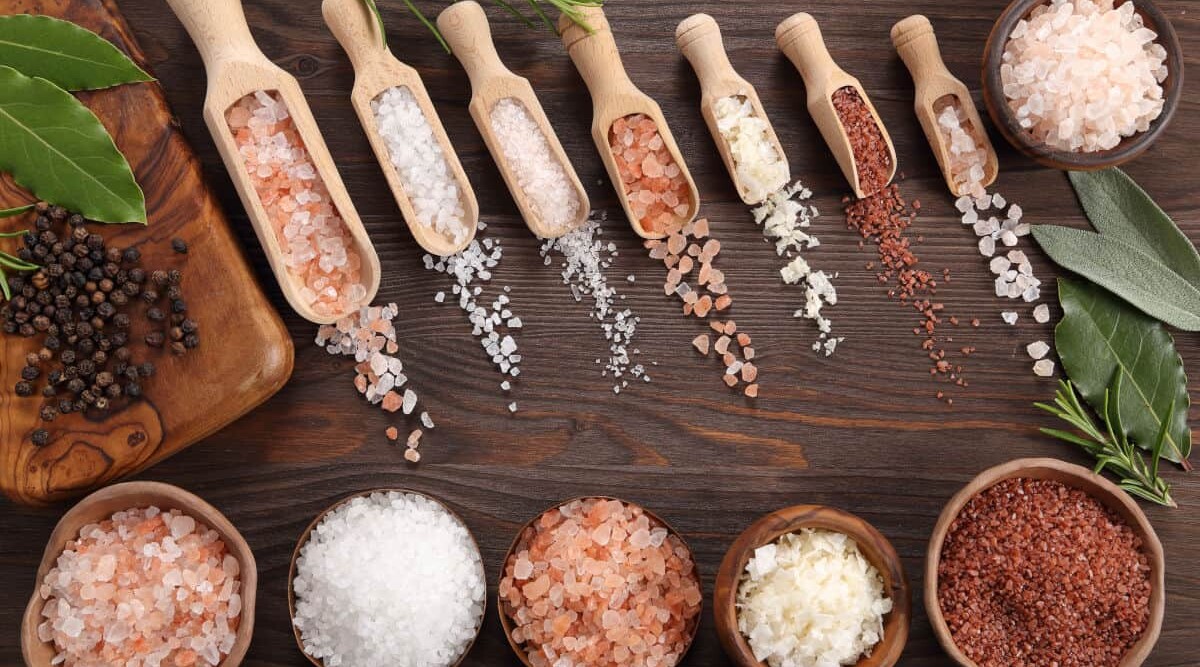
This article describes the origins, looks, content, and how to use 14 different common types of salt, including flavor notes for each and substitution guidelines.
The use of salt as a seasoning dates back many thousands of years. There may be no simpler way to make something bland taste at least palatable. And while once upon a time it was an expensive luxury, today it’s dirt cheap and readily available.
Or, at least, it can be.
There are many kinds of salt to choose from for the modern chef, ranging from cheap and basic to expensive and exotic. Which should you choose and why? I’m glad you asked.
I’m going to give a brief overview of 14 different kinds of salt, including where they come from, what they’re good for, and what special properties they bring to your cooking. We’ve also got tips for saving money and swapping out one salt for another.
Read on for a shaker-full of vital information you don’t have to take with a grain of salt.
Jump to:
At a Glance Comparison Table of the 14 Types of Salt
Here’s an at a glance comparison table of 14 different types of salt, giving their name, where they come from, their distinct flavor profile and uses, and relative cost compared to one another.
| Type of Salt | Origins and Composition | Flavor and Uses | Relative Cost |
|---|---|---|---|
| Table Salt | Refined from rock salt or seawater, often with additives like iodine and anti-caking agents. | Fine-grained, highly processed; used in everyday cooking and baking. | Low |
| Kosher Salt | Refined from rock salt or seawater; coarser and flakier than table salt. No iodine. | Less processed, versatile for cooking; often used for koshering meat. | Low to Moderate |
| Sea Salt | Harvested from evaporated seawater; less processed, contains trace minerals. | Varied textures and flavors; used in cooking and finishing. | Moderate |
| Flake Salt | Harvested from seawater or salt brines; thin, irregular flakes. | Delicate texture; ideal as a finishing salt. | Moderate to High |
| Himalayan Pink Salt | Mined from the Himalayan mountains; contains trace minerals, giving it a pink color. | Used in cooking and decorative purposes; believed to have health benefits. | Moderate |
| Andean Pink Salt | Harvested from ancient sea salt deposits in the Andes Mountains. | Similar to Himalayan salt in use and health claims. | Moderate to High |
| Fleur De Sel | Hand-harvested sea salt, collected from the surface of salt ponds. | Delicate flavor; used as a finishing salt. | High |
| Sel Gris — Celtic Gray Sea Salt | Harvested from clay-lined salt ponds in France; gray color due to clay minerals. | Moist, coarse texture; used in cooking and finishing. | Moderate to High |
| Alaea — Hawaiian Red Salt | Traditional Hawaiian sea salt mixed with red volcanic clay. | Rich in minerals; used in traditional Hawaiian dishes and as a finishing salt. | Moderate to High |
| Kala Namak — Himalayan Black Salt | Harvested in the Himalayan regions; contains sulfur compounds, giving it a distinct smell and color. | Pungent, smoky flavor; used in South Asian cuisines, especially in vegan dishes to mimic egg flavor. | Moderate to High |
| Cyprus Black Flake Salt | Sea salt from the Mediterranean Sea, mixed with activated charcoal. | Crisp texture with earthy flavor; used as a finishing salt for its visual appeal and mild taste. | High |
| Smoked Salt | Sea salt or rock salt that's been smoked over wood fires. | Smoky flavor; used to add a smoky taste to dishes without actual smoking. | Moderate to High |
| Curing Salt | Mixture of table salt and sodium nitrite or nitrate; often dyed pink to distinguish from regular salt. | Used for preserving meats; not for general cooking due to specific use in curing. | Low to Moderate |
| Pickling Salt | Fine-grained pure granulated salt without additives. | Used in pickling and canning for its ability to dissolve easily without clouding pickling liquids. | Low to Moderate |
My Advice Before We Start: Don’t ‘Waste’ Expensive Salts
Let’s start on a practical note: All salt is nearly 100% sodium chloride. Not surprisingly, it all tastes virtually the same, especially when it’s combined with other ingredients. The minerals that supposedly impart different flavors are in such minute quantities, you will never know the difference once it’s blended into the mix.
So, why would you pay a premium price?
Well, the backstories are enticing, of course. It’s a romantic notion, thinking your salt comes from a hand-tended salt pan on the edge of France or a remote mine in the mountains of Pakistan. And yes, when used for finishing — like a few curled flakes sprinkled on a square of premium chocolate or a pinch of large, pink crystals on a ribeye — you will detect a difference from your table salt.
Just don’t use those expensive salts (some of them are extremely dear) in your rubs and sauces or for baking. You’re throwing away your money, no matter what anyone else says.
My opinion and what I do: I use the cheapest salt I can when no one is looking, then have a grinder or small bowl of fancy stuff positioned where my guests can see it for added cachet. I recommend you do the same.
The 14 Most Common Types of Salt in Detail
If you start counting the regional and flavored types of salt, the list of salts in the world gets out of hand quickly. Let’s keep this manageable, shall we?
Here’s a baker’s dozen plus one that you need to know, of the most common different types of salt, with some epic gourmet salts thrown in.
Table Salt
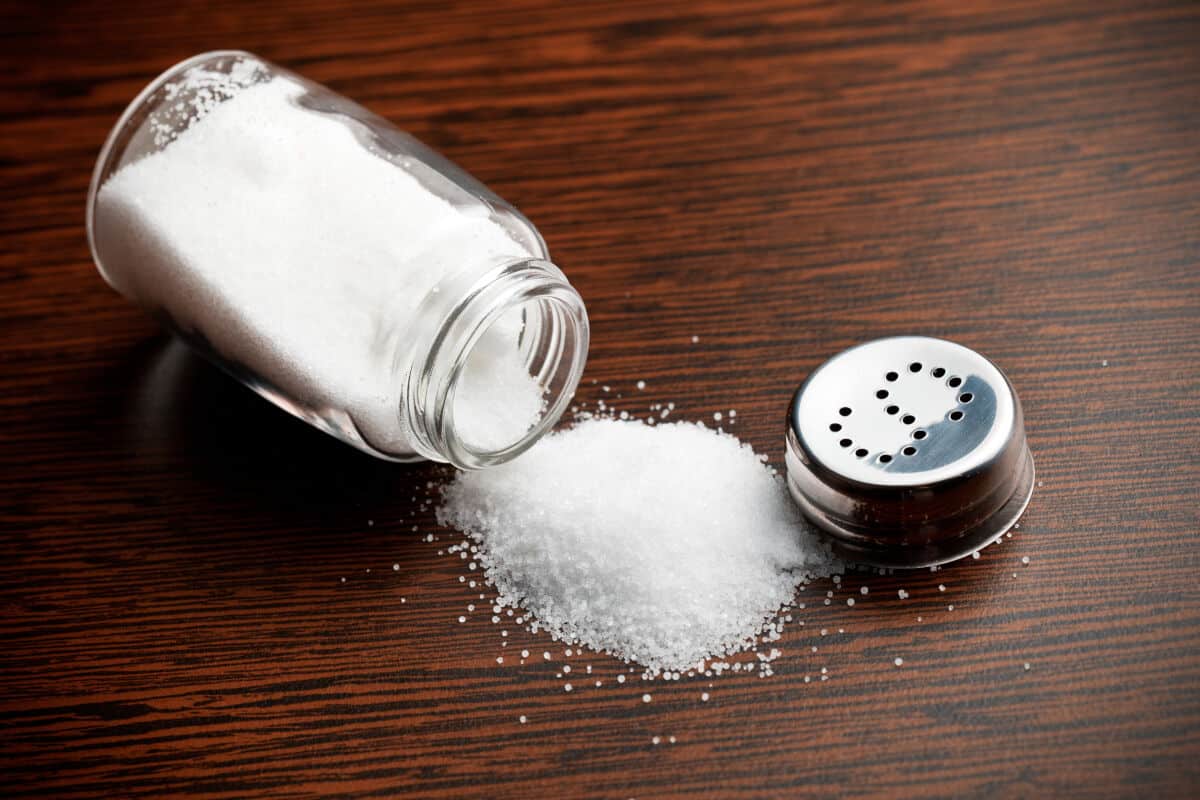
Table salt is a highly refined, fine-grained white salt, typically with small, uniform crystals; commonly used in everyday cooking and often contains additives.
Origins and Composition: Rock salt is mined all over the world and purified to 97–99% sodium chloride. The remainder is usually anti-caking agents to keep salt free-flowing.
Flavor and Uses: It’s salt; it tastes salty, but a touch of bitterness is present. This is perhaps the most basic flavoring on Earth and probably one of the oldest. Salt makes bland food taste better and enhances natural flavors. The small size of table salts pieces makes it ideal for sprinkling directly on food without adding noticeable texture, or for dissolving in liquids.
Relative Cost: Table salt is as cheap as it gets. Just to satisfy my curiosity, I did a bit of digging online — at the time of writing, you could buy a ton of salt (like an actual ton, not “lots and lots”) for about $70.
Kosher Salt
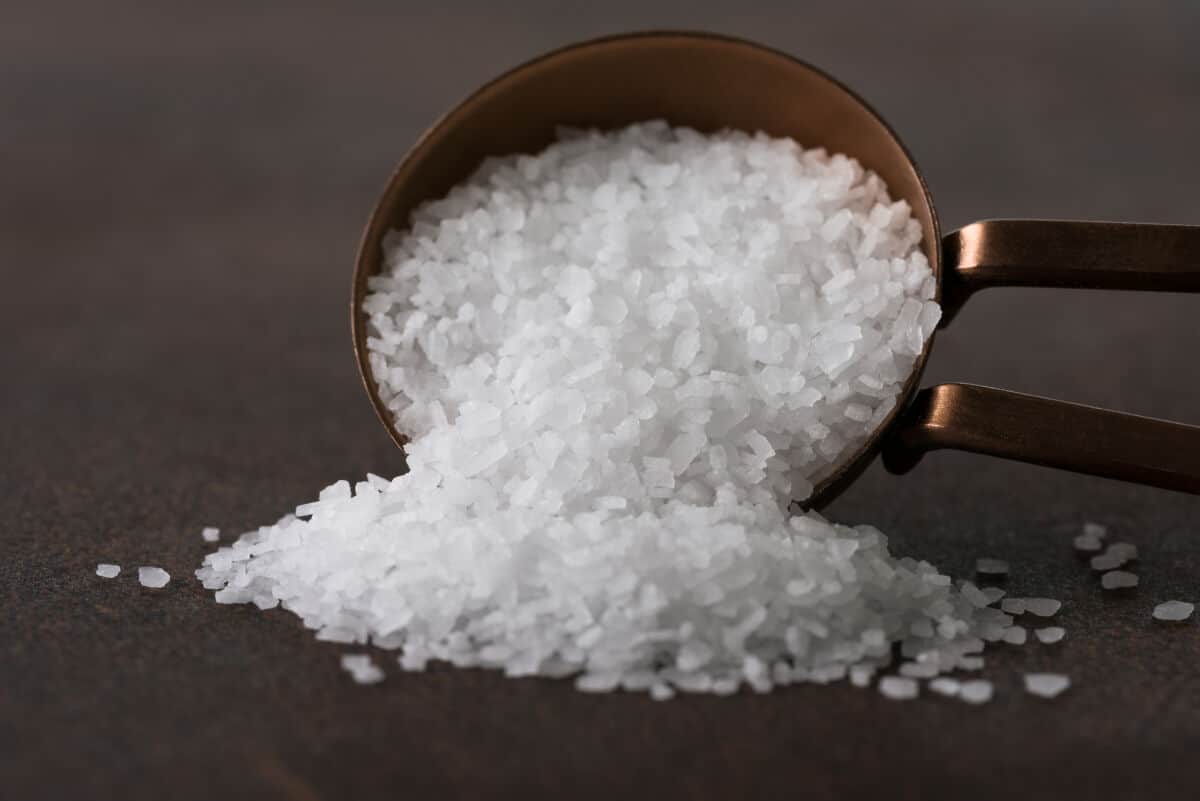
Kosher salt is coarser and flakier than table salt with larger, irregular grains; often used in Jewish dietary laws for koshering meat and general cooking. Kosher salt is the most recommended salt to use in BBQ rubs.
Origins and Composition: Identical to table salt, but with larger crystals
Flavor and Uses: It tastes the same as table salt. The large crystals give it extra surface area, so the flavor impact is more intense. It’s commonly used for brining and making kosher meat.
Grillers and smokers love it for rubs because it adheres well and is easier to work with than table salt. It’s the salt we recommend to use when making our best brisket rub, best chicken rub, or indeed any BBQ dry rub.
Relative Cost: Slightly more expensive than table salt, but still pretty cheap
Sea Salt
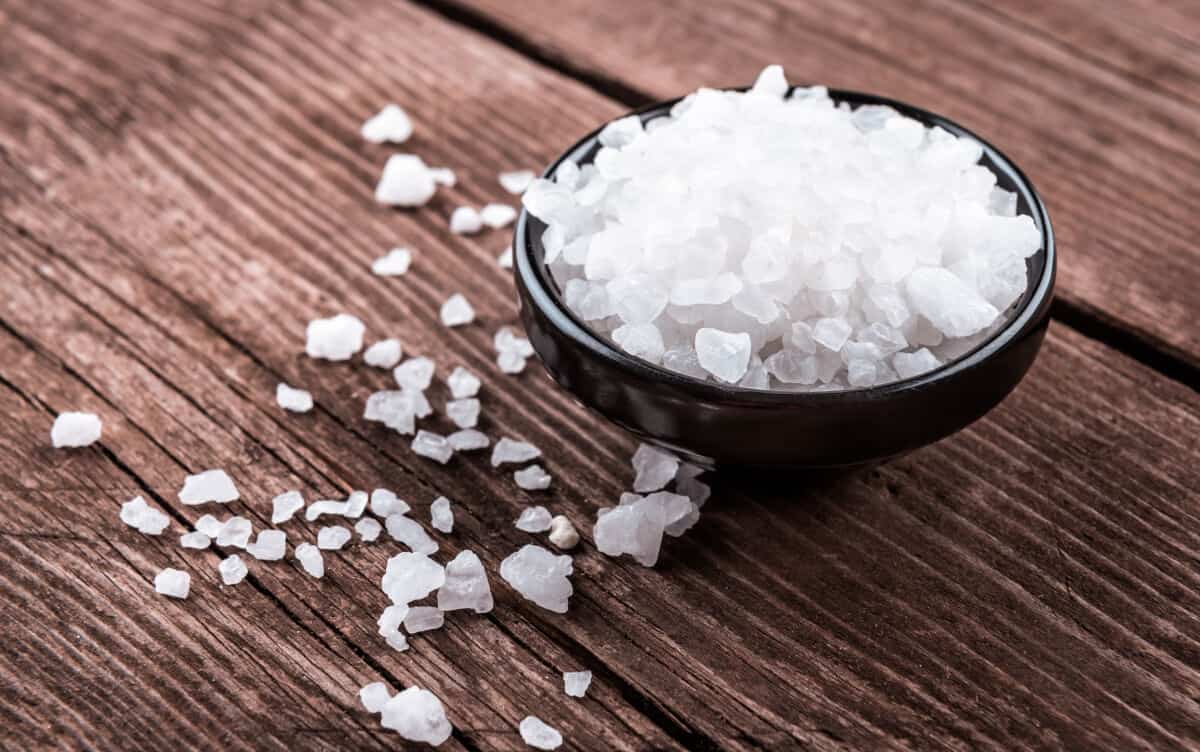
Sea salt is made from evaporated seawater, it varies in grain size from fine to coarse and often has a more natural, less processed appearance with a slight grey or off-white color, retaining trace minerals and flavor.
Origins and Composition: Evaporated seawater with varying content of trace minerals, depending on the source.
Flavor and Uses: Light and salty but with large crystals; it’s excellent as a finishing salt and in rubs. A few sprinkles on a grilled steak are divine, and it’s just as good on chocolate or caramel.
Relative Cost: Making sea salt is labor-intensive, so expect to pay about twice as much per ounce for sea salts as you would table salt.
Flake Salt
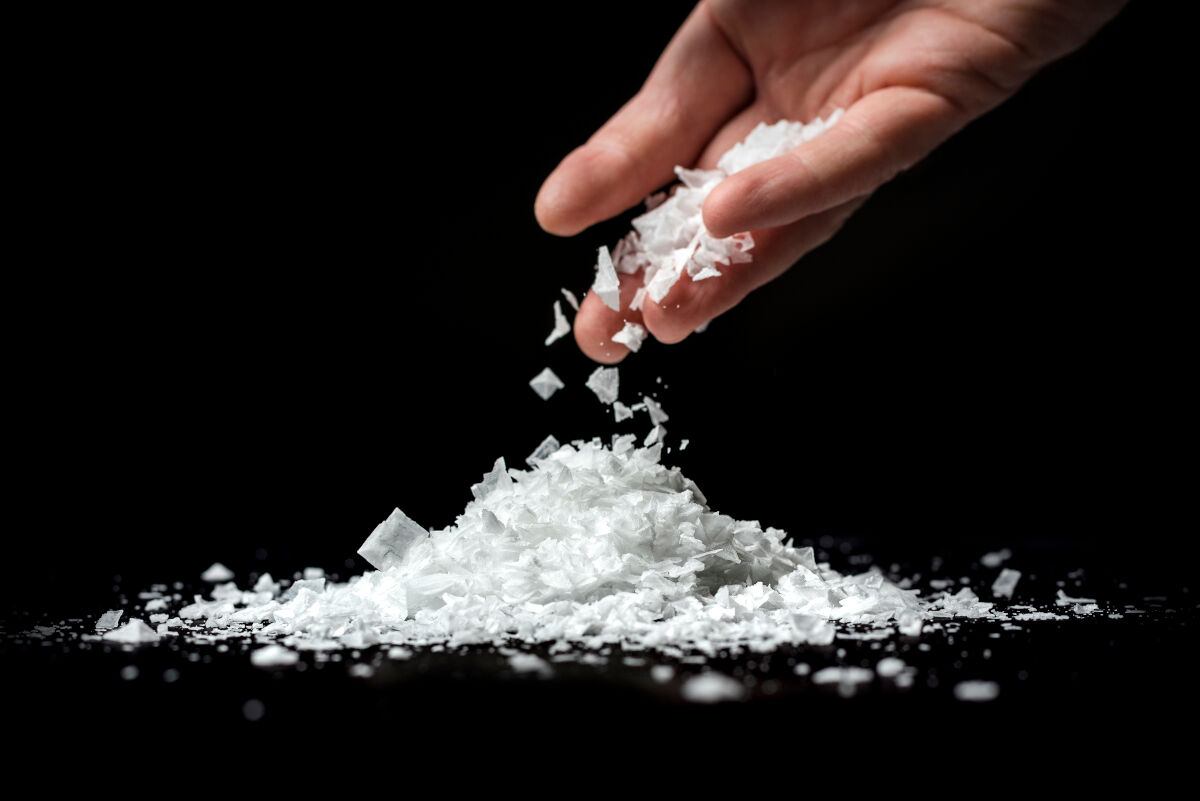
Flake salt is characterized by thin, irregular, and delicate crystals, often appearing as translucent flakes that provide a crunch without overpowering; ideal for finishing dishes.
Origins and Composition: Sea salt that happens to form flakes rather than crystals.
Flavor and Uses: Flake salt tastes the same as regular sea salt, but it performs differently in recipes. The flakes stick to food more efficiently than traditional granules, thanks to the increased surface area and light weight. They dissolve quickly, too, imparting flavor but leaving no texture. Flake salt looks great as a finish on meat and desserts.
Relative Cost: Pretty much the same as regular sea salt.
A note on commercial Flake Salt: You’re unlikely to get your hands on any, but there are flake salts made by mechanically compressing standard, mined salt crystals into thin flakes. Generally, these are sold in bulk for commercial and industrial applications since the thin flakes dissolve and bake readily without leaving any texture behind.
Himalayan Pink Salt
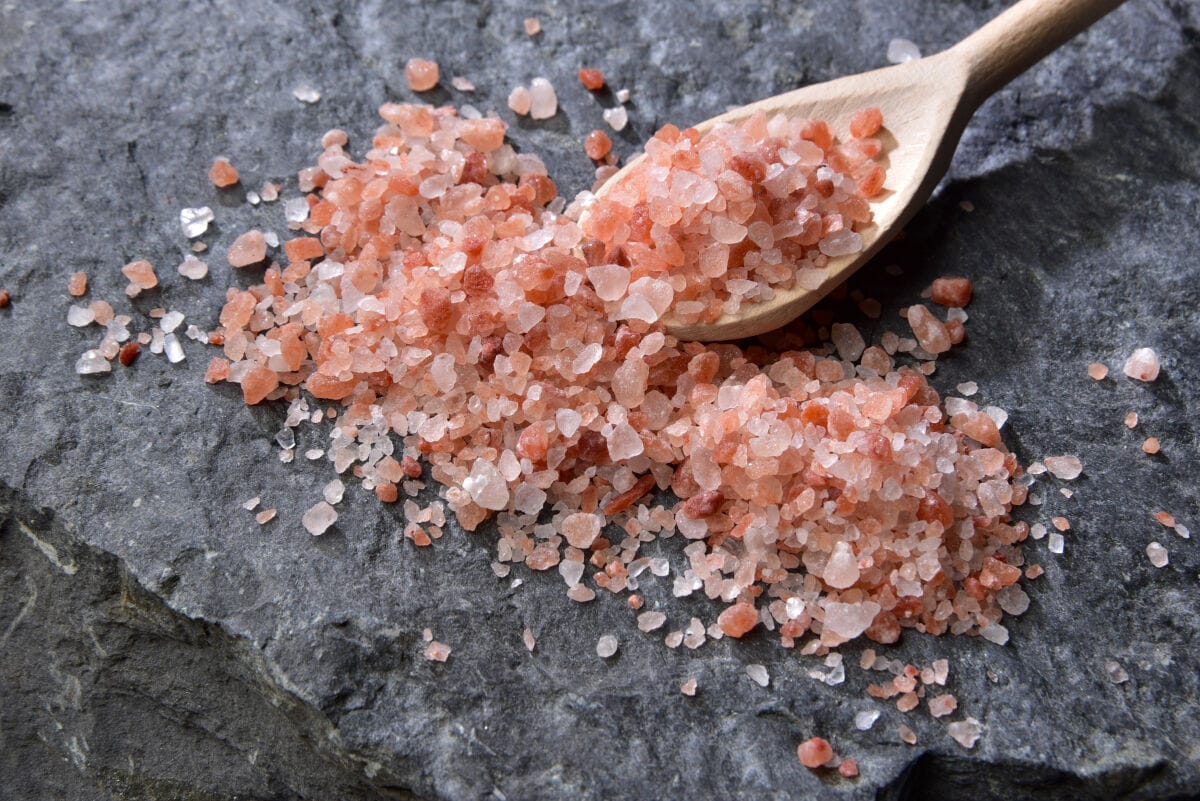
Himalayan pink salt is mined from the Himalayan mountains, this salt is notable for its beautiful pink to orange-red hues, with crystal sizes ranging from fine to coarsely ground; used both for culinary and health purposes
Origins and Composition: Mined in Pakistan, trace quantities of iron oxide add a pink hue to otherwise ordinary sodium chloride.
Flavor and Uses: This is a bit controversial — many fans of Himalayan Pink Salt claim it has a complex flavor with a hint of sweetness, while others say it tastes the same as table salt. Personally, I find it tastes “cleaner” than table salt, with considerably less bitterness when consumed on its own. When coarsely ground, it’s attractive as a finishing salt on meat or as a dipping salt for veggies or fried foods.
Relative Cost: Per ounce, Himalayan Pink Salt is as much as five times more expensive than table salt.
Andean Pink Salt
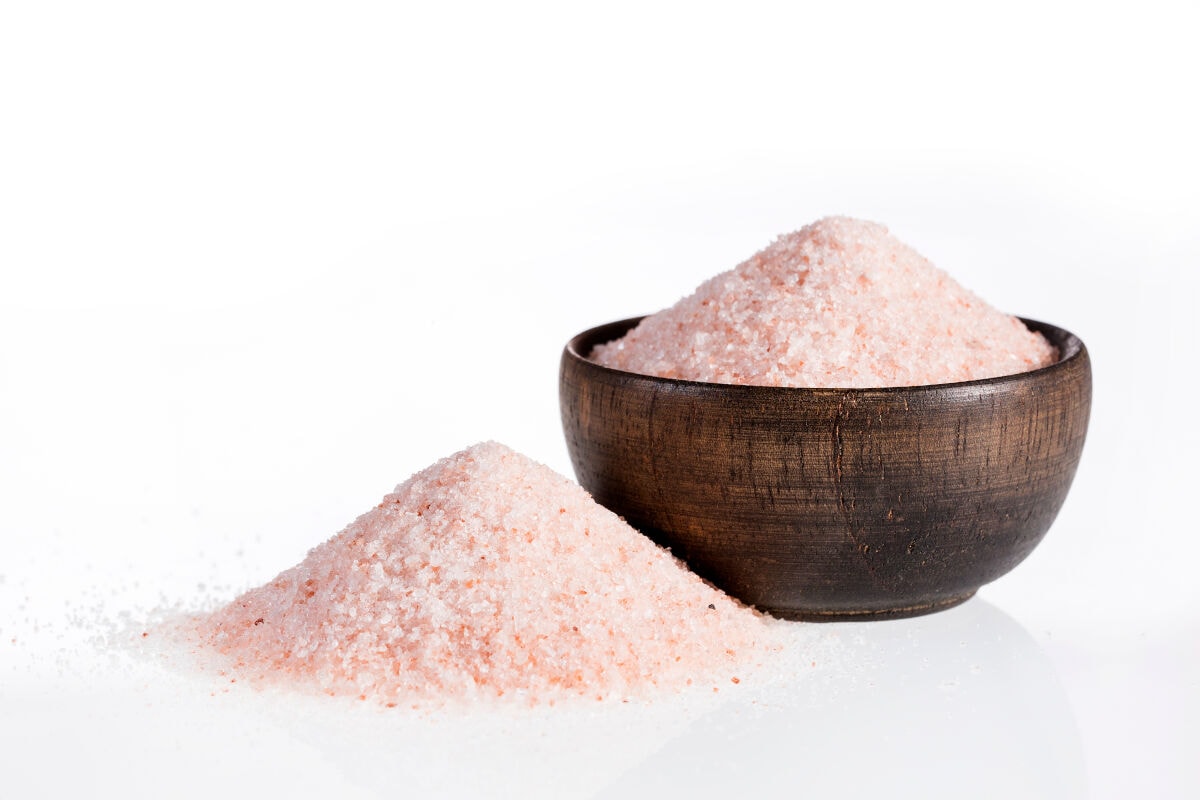
Andean pink salt is similar to Himalayan salt in appearance with a pinkish hue, it’s harvested from ancient Andean deposits and features varied grain sizes.
Origins and Composition: Comes from saltwater springs in the Andes mountains of Peru and Bolivia. Contains many trace minerals and compounds but is primarily sodium chloride with a small amount of iron oxide.
Flavor and Uses: A pretty salt with a complex flavor profile, but not a lot different from Himalayan Pink Salt. Again, it makes an attractive finishing salt.
Relative Cost: In the neighborhood of 20 times more expensive per ounce than table salt.
Fleur De Sel
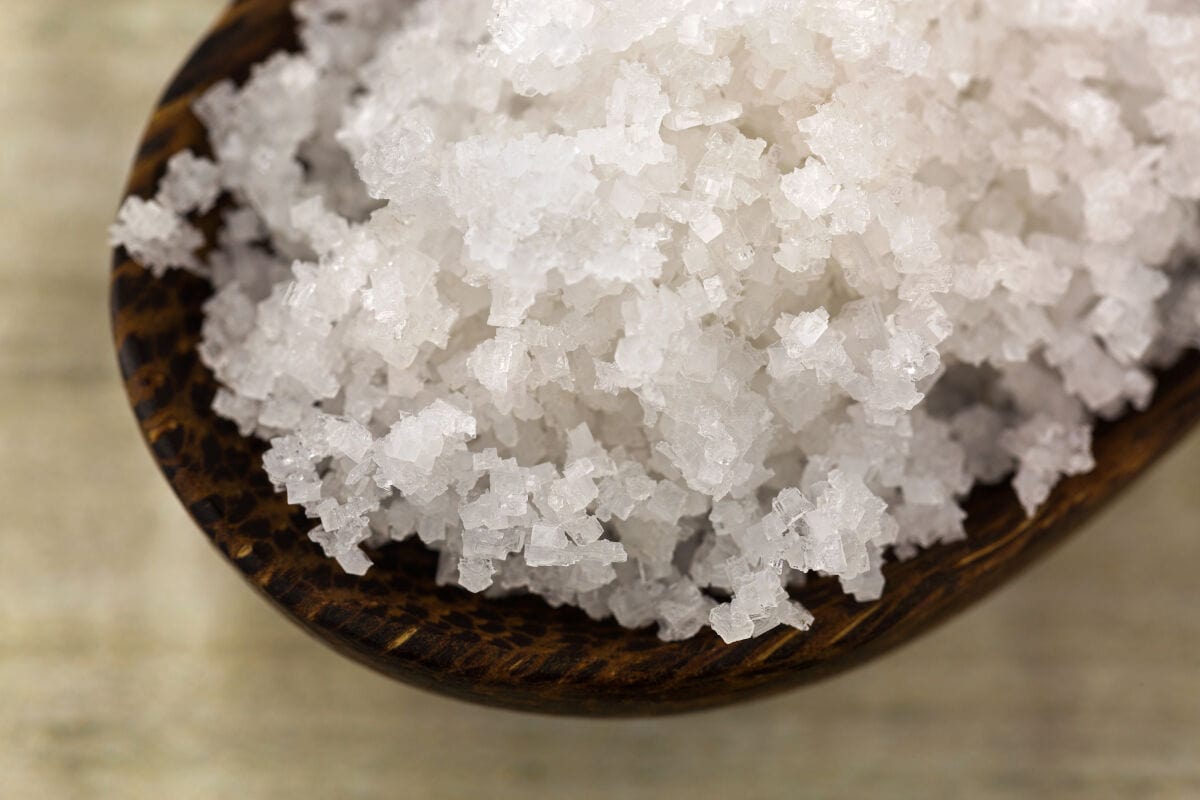
Fleur de sel is known as “flower of salt,” these are small, delicate salt crystals, usually off-white or pale grey, harvested by hand from salt ponds; prized as a high-end finishing salt.
Origins and Composition: Harvested by hand with wooden rakes from the top layer of saltwater pans around Europe and in parts of North and South America, but most famously on France’s Brittany coast. Usually off-white or gray, but occasionally is faintly pink due to the presence of saltwater microalgae.
Flavor and Uses: Fleur de sel is extremely fine and delicate, so it’s not suitable for cooking. It’s best to use it sparingly as a finishing salt on your very best meats and desserts for melt-in-your-mouth saltiness to pair with sweet and savory flavors.
Relative Cost: Pretty much the most expensive salt you can buy. Expect to pay 50–60 times as much per ounce versus regular table salt.
Sel Gris — Celtic Gray Sea Salt
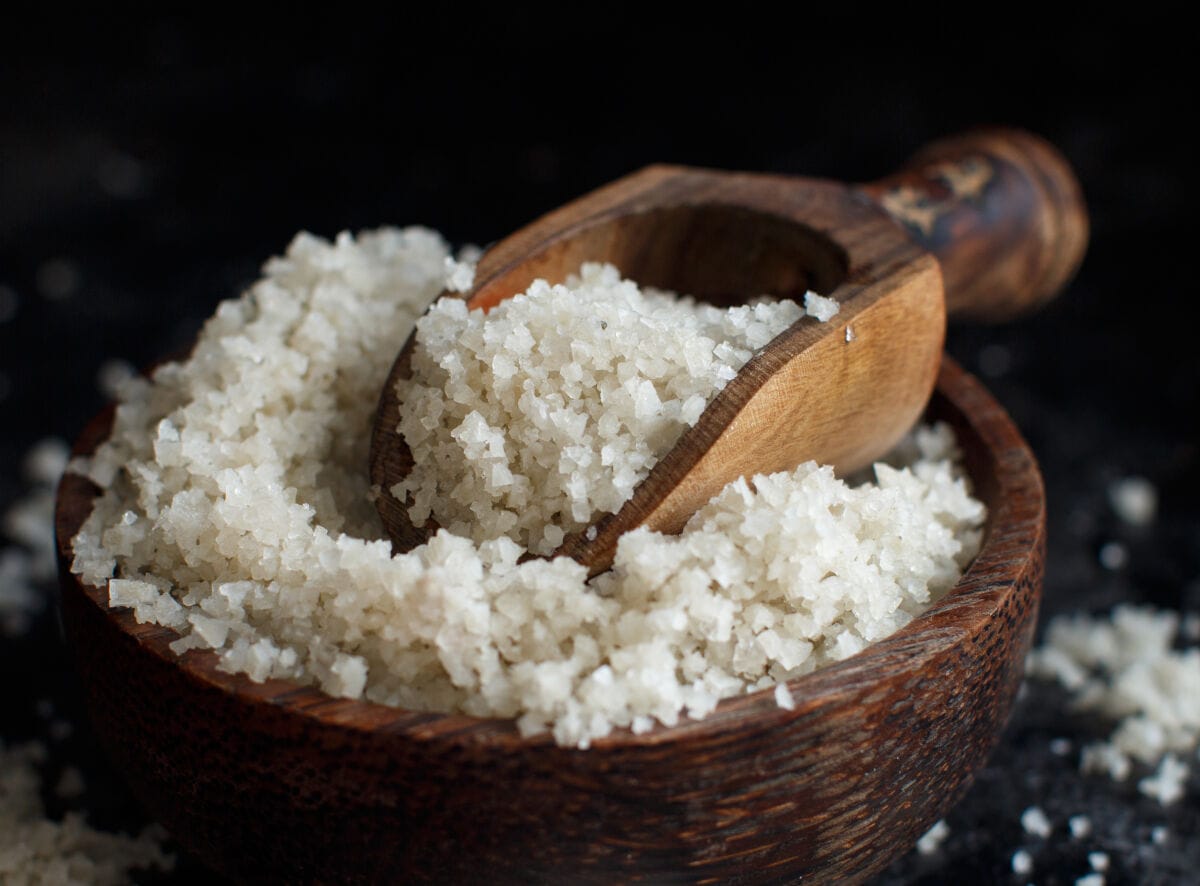
Sel gris is coarse, moist, and grey in color due to the clay from the salt ponds in France where it comes from. It has a chunky, crystalline texture; used in cooking and as a finishing salt.
Origins and Composition: Harvested in the same manner as Fleur de sel, but from lower in the pool. It has high mineral content and is typically gray, hence the name.
Flavor and Uses: The fine-grain version is excellent for cooking, having a bit of a mineral tang. Coarse grain Sel Gris sea salts are better for finishing on meats and fish since it’s soft but still has a pleasant crunch.
Relative Cost: A bit less pricey than Fleur de sel, but still more than regular sea salt, and far more expensive than table salt.
Alaea — Hawaiian Red Salt
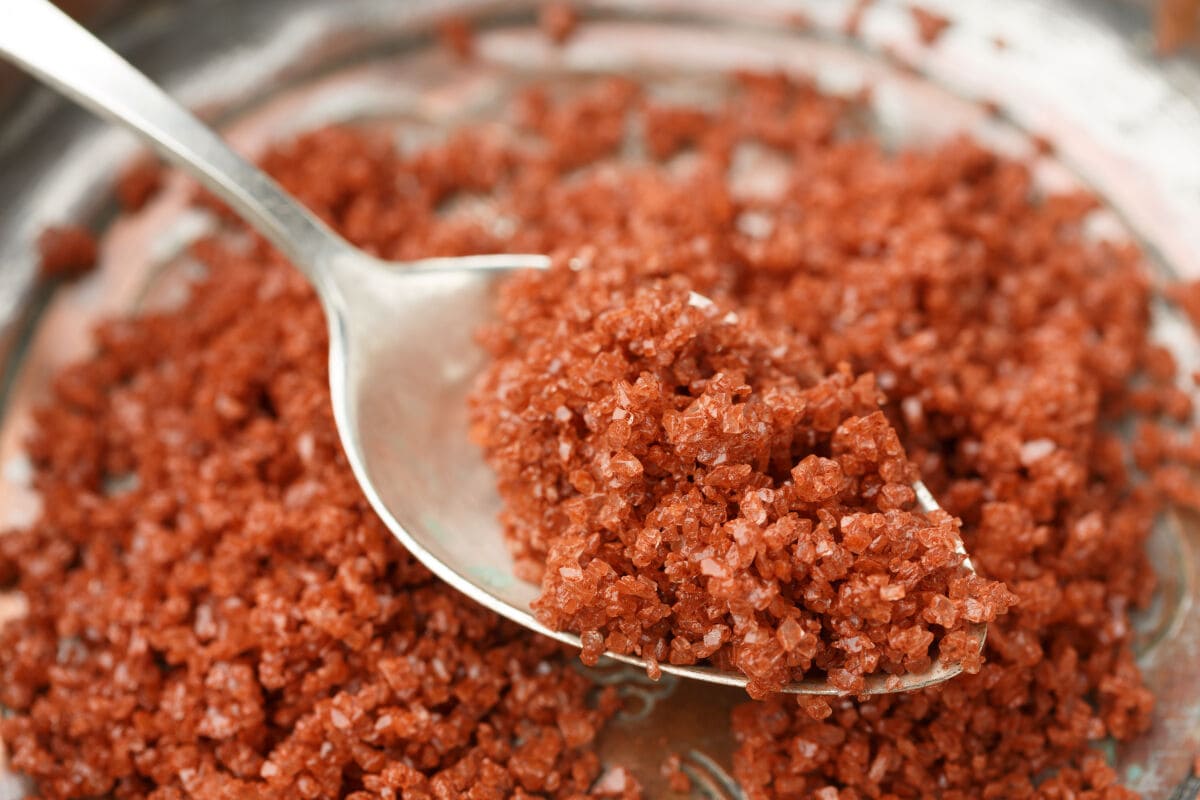
Alaea, or Hawaiian red salt, is traditional Hawaiian salt mixed with red volcanic clay, giving it a distinctive reddish hue, and is typically coarse in texture; used in cooking and for its perceived health benefits.
Origins and Composition: Sea salt from Hawaii mixed with red volcanic clay.
Flavor and Uses: The sodium content is much lower in Hawaiian Red Salt than in table salt, so some use it for health reasons. Of course, there’s a tendency to use more because it tastes less “salty,” thus negating the health benefits. The clay itself is said to be a detoxifier (if you’re into that), and the salt as a whole looks fabulous. If you want to cook up an authentic Hawaiian barbecue, this is the salt to use.
Relative Cost: Quite pricey, though not in the elite grouping consisting of the likes of Fleur de sel and Sel Gris. Tends to be 10–15 times more expensive than table salt.
Kala Namak — Himalayan Black Salt
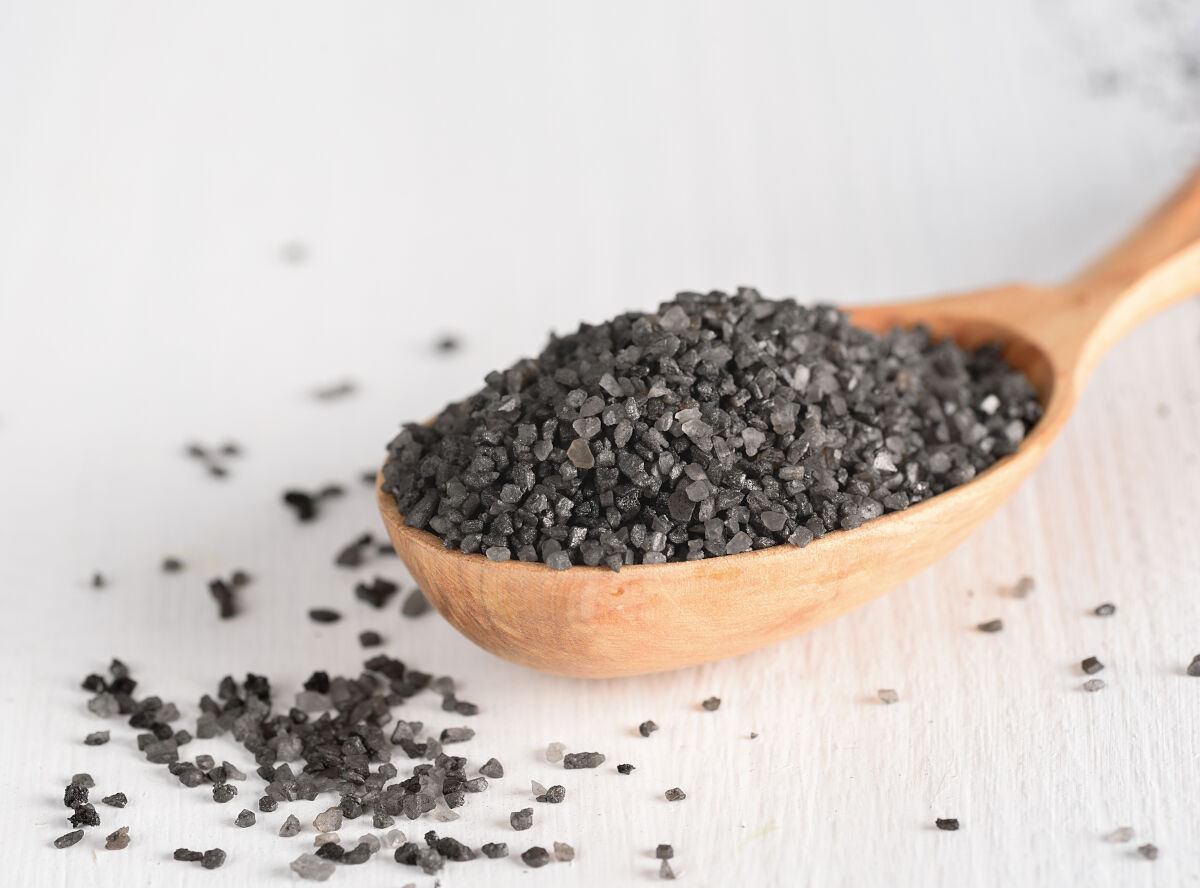
Kala Namak isknown for its strong sulfuric aroma and black to pinkish-gray color, this South Asian salt has a fine to medium grain size and is popular in vegan cooking for its egg-like flavor.
Origins and Composition: Mined in the mountains of Pakistan, just like the pink salt, but contains greigite (a mineral that colors the salt a deep purple) and a trace amount of sulphur.
Flavor and Uses: The aroma and mild flavor of sulphur in Himalayan Black Salt make it taste a bit like eggs. You’ll sometimes find it in vegan recipes as a substitute for eggs, in fact. It’s not well known, but it is popular in Indian cuisine.
Relative Cost: Expensive; somewhere around 15 times more expensive than table salt.
A note on black salt: There are other salts labelled as black, like Hawaiian Black Lava Salt and Cyprus Black Flake Salt (next on the list!). Most of these have activated charcoal added for enhanced appearance and purported health benefits. None of the actual salt is naturally black, however.
Cyprus Black Flake Salt
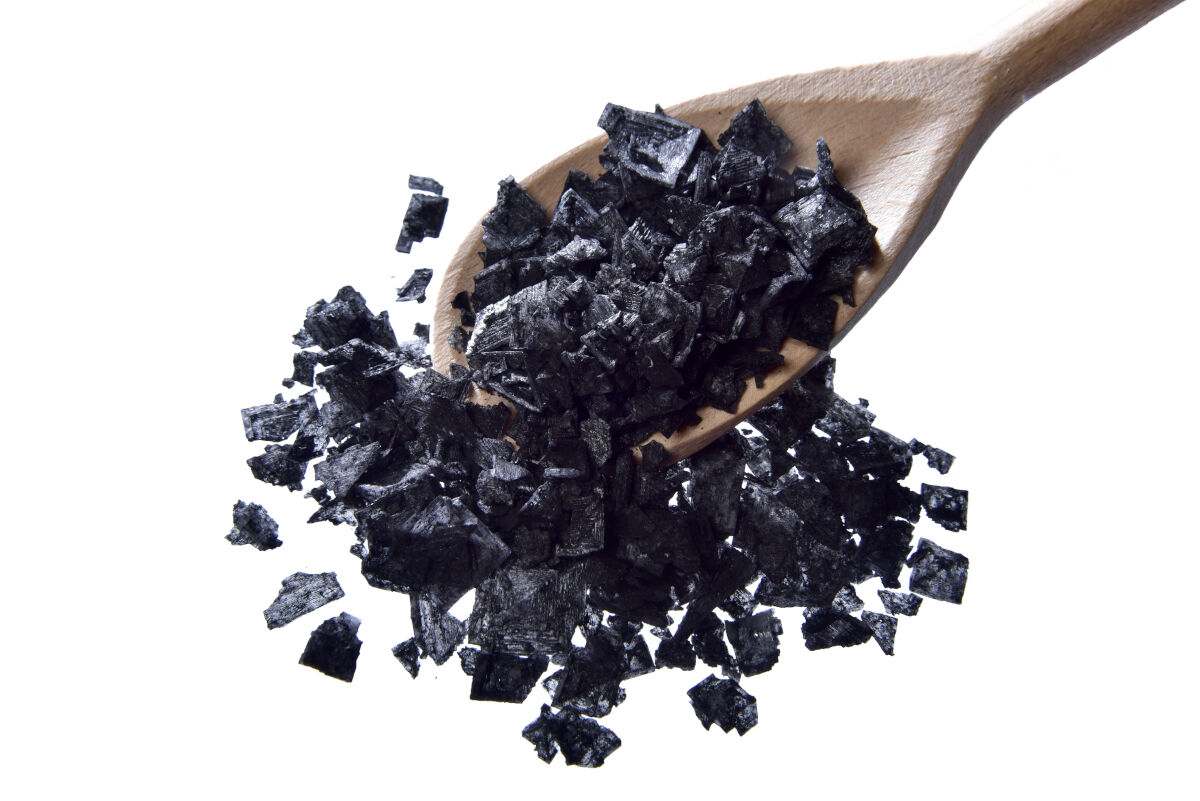
Cypress black flake salt is a Mediterranean sea salt mixed with activated charcoal, resulting in large, pyramid-shaped black flakes that are striking in appearance and provide a mild, earthy flavor.
Origins and Composition: Made from naturally evaporated Mediterranean Sea salt mixed with activated charcoal.
Flavor and Uses: Has that unique sea salt flavor but milder, owing to a lower sodium percentage. The flakes are uniquely pyramid-shaped and can be quite large. It makes a dramatic topping in terms of appearance, and it’s primarily used for aesthetics. Try Cyprus Black Flake Salt on salads, wedges, fish, or even in a salty cocktail rimmer.
Relative Cost: Very expensive, rivaling even Fleur de sel as one of the most expensive salts in the world.
Smoked Salt
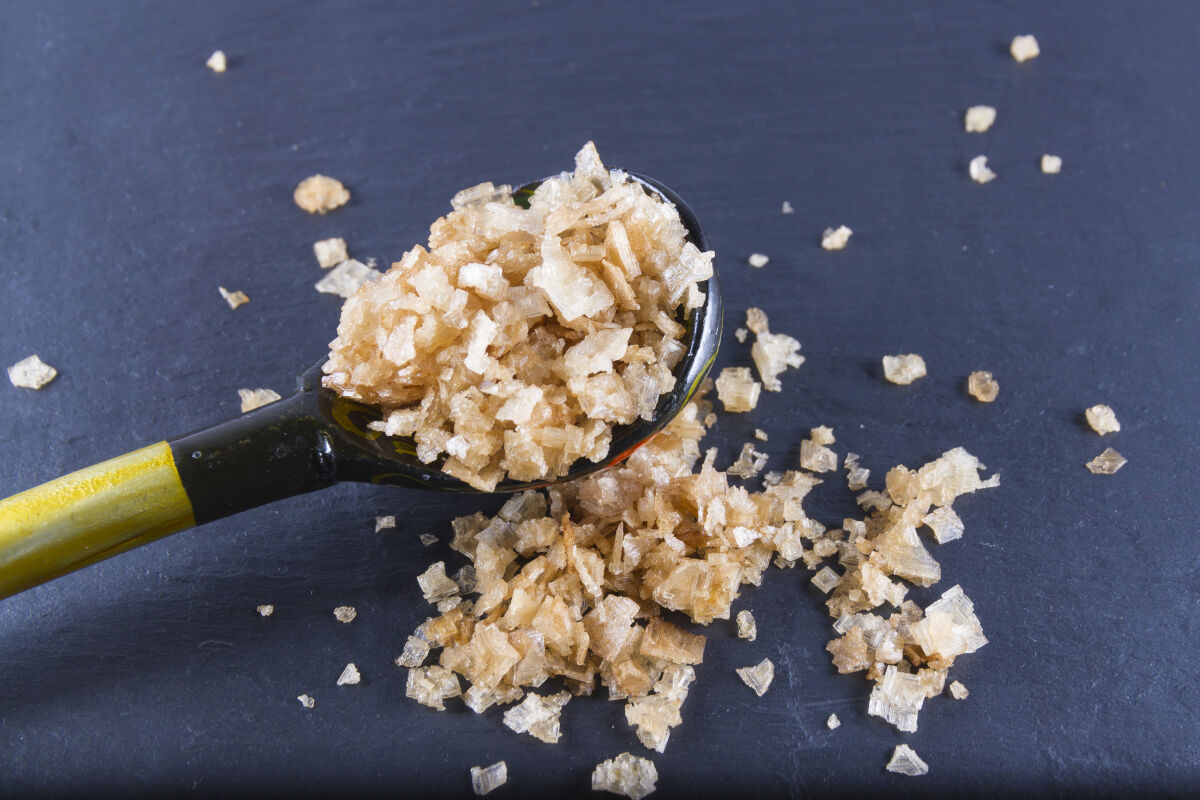
Smoked salt varies in color from light to dark brown, depending on the type of wood used for smoking; its grain size can range from fine to coarse, imparting a rich, smoky flavor to dishes.
Origins and Composition: Sea salt flavored with wood smoke.
Flavor and Uses: The flavor depends on the wood used. You can purchase almost any variety imaginable, including cherry, hickory, oak, and more. It’s excellent for adding smoky flavor to rubs and sauces, making it an ideal choice for gas grillers and indoor cooking. It’s great as a finishing condiment, too.
Relative Cost: It’s a lot of time-consuming work smoking salt, so you will pay more than you would for regular sea salt. Priced similarly to Himalayan Pink Salt, many times more than table salt.
A note on smoked salt: Have a smoker in the yard? You can save a lot of money by purchasing regular sea salt and smoking it yourself over any flavor wood you like.
Curing Salt
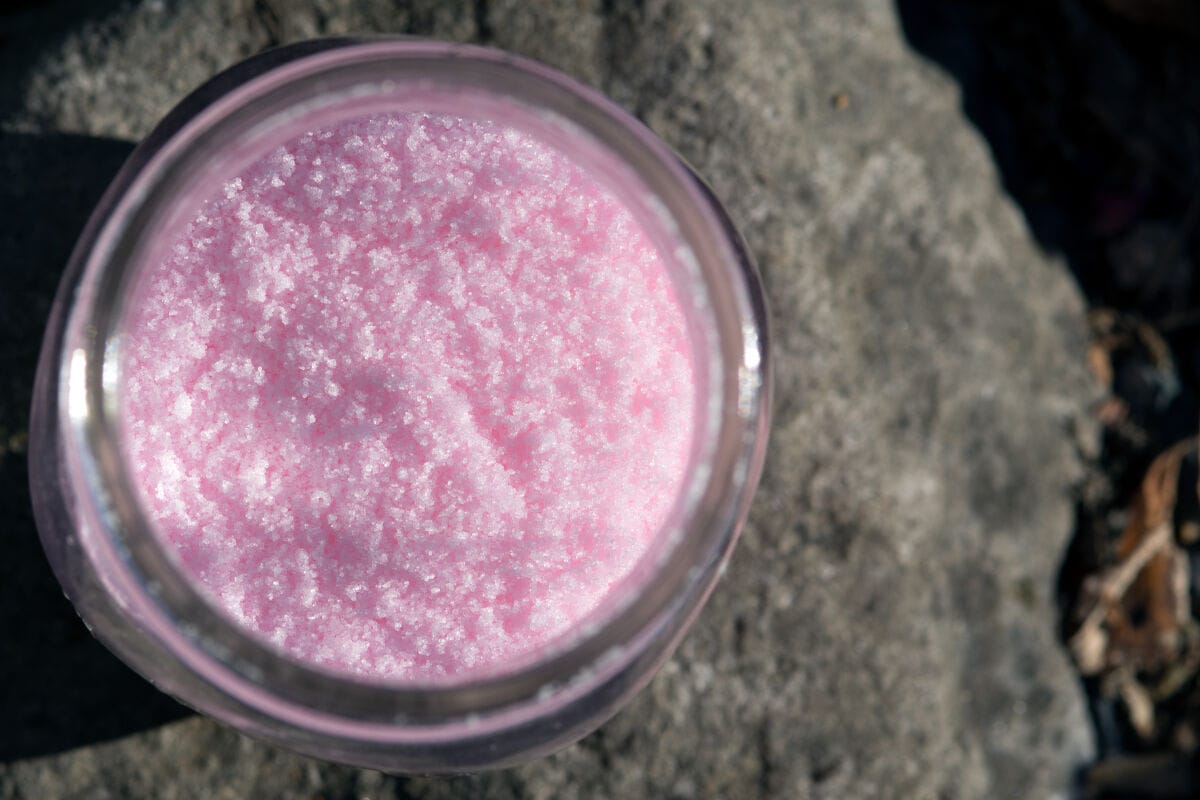
Curing salt is often dyed pink to differentiate it from table salt. This type is fine-grained and used primarily for preserving meats, not typically used in standard cooking due to its specific function.
Origins and Composition: Also known as Pink Curing Salt, Sel Rose, and Prague Powder, it’s made up of either primarily sodium chloride and a bit of sodium nitrite, or a mix of sodium nitrite, sodium nitrate, and about 90% sodium chloride. Anti-caking agents are also present, plus a small amount of red dye to color it pink. The color is there for safety; if left white, curing salt could be confused for regular table salt, and consuming large quantities of curing salt can be toxic.
Flavor and Uses: The sole purpose of curing salt is for curing or brining meat for flavor and shelf stability. It adds saltiness, but it’s there to draw out moisture, the key to “curing” meat.
Relative Cost: It costs more than table salt or even sea salt but curing salt isn’t what you’d call expensive. Plus, you only use a small amount per curing, so it will last a long time.
Pickling Salt
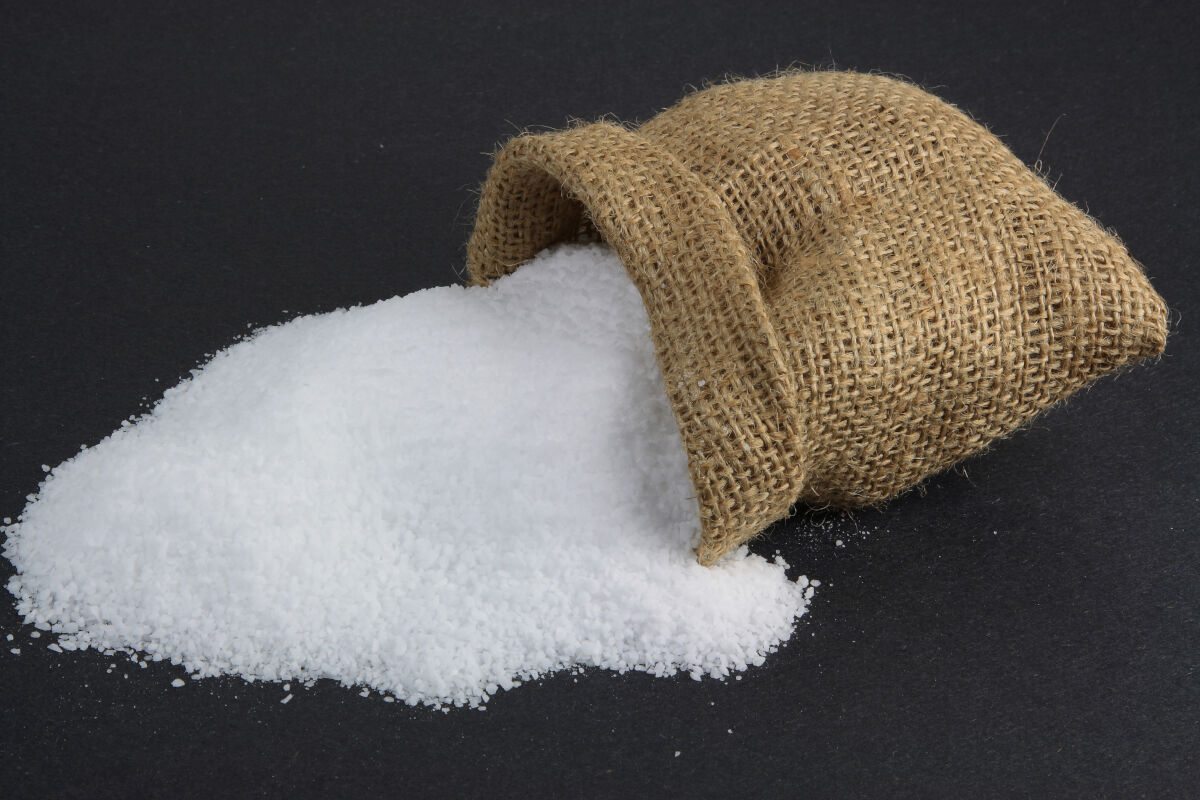
Pickling salt is pure, fine-grained, and white. It dissolves easily and doesn’t cloud pickling liquids, making it ideal for pickling and preserving foods.
Origins and Composition: Also known as canning salt, pickling salt is virtually pure sodium chloride, with no anti-caking additives.
Flavor and Uses: It tastes exactly like table salt but doesn’t flow as freely. Pickling salt is used for pickling or preserving and adds saltiness without coloring the brine or the food being pickled.
Relative Cost: This is as cheap as salt gets, costing about half as much per ounce as table salt.
Essential Salts Every Cook Should Stock
I don’t know about you, but I don’t have the room or budget for all these salts in my kitchen. But here are a few salts you should always have on hand.
Table Salt
Perhaps this goes without saying? Just in case it doesn’t, I’m saying it now: it costs next to nothing, you can use it for just about anything, and it never goes bad. Always have it on hand, even if you just use it in basic dry rubs, as a table condiment, or on your popcorn.
Kosher Salt or Sea Salt
There isn’t a lot of difference here, but you should have one or the other as part of the base of any dry rub, seasoning meats before grilling, or for a simple finish for any grilled meat.
Himalayan Pink Salt
It’s trendy and attractive, but not prohibitively expensive. The flavor is pure and delicious, it looks great as a finishing flourish, and it’s impressive in a grinder on your table when company comes. Necessary? Maybe not. But it helps establish your chef credentials.
Smoked Salt
Whether you make it yourself or buy it ready-to-use, always have this ace up your sleeve. Smoked salt is an easy way to quickly add smoky flavor when you don’t have the time or gear to smoke your food naturally or if it isn’t practical.
Salt Substitutions
Uh oh! You ran out of the salt you need, or you simply haven’t got it? While you might be tempted to simply sub in what you have (let’s face it; most salt tastes pretty much the same), a 1:1 trade doesn’t always work.
This is primarily due to differences in crystal sizes / grain size — a tablespoon of large crystals won’t contain as much salt as a tablespoon of finely ground salt, for example. Your average tablespoon of table salt contains 7000 mg of sodium. The same amount of Kosher salt will contain about 5800 mg. As you can imagine, this can lead to VERY different results than what was intended.
Here is a handy chart showing the most common salt substitutions, so if a recipe calls for one you do not have in your cupboard, you can easily substitute in and use the salt you do have.
The go-to for salt conversions is Morton Salt, so I’ve borrowed some of their data. If you want the full chart, you’ll find it here.
| Table Salt | Kosher Salt (Coarse) | Sea Salt (Fine) | Himalayan Pink Salt (Coarse) |
|---|---|---|---|
| 1 teaspoon | 1 1/4 teaspoons | 1 teaspoon | 1 teaspoon |
| 1 tablespoon | 1 tablespoon + 3/4 teaspoon | 1 tablespoon | 1 tablespoon + 1/4 teaspoon |
| 1/4 cup | 1/4 cup + 1 tablespoon | 1/4 cup + 1/2 teaspoon | 1/4 cup + 1 1/2 teaspoons |
| 1/2 cup | 1/2 cup + 2 tablespoons | 1/2 cup + 1 teaspoon | 1/2 cup + 1 tablespoon |
| 3/4 cup | 3/4 cup + 3 tablespoons | 3/4 cup + 1 teaspoon | 3/4 cup + 4 teaspoons |
| 1 cup | 1 1/4 cups | 1 cup + 1 teaspoon | 1 cup + 2 tablespoons |
| 2 cups | 2 1/2 cups | 2 cups + 1 tablespoon | 2 1/4 cups |
What about the flavor Differences Between Salts?
Don’t worry too much about changing the flavor when you substitute salts, especially in baking or cooking. You will not detect the difference because the differences between salt flavors when incorporated into foods is minimal to non-existent. Trust me, I have used many different salts in the same recipes, and nobody can ever tell the difference.
You may notice a difference between finishing salts, though this will mainly be from the texture differences. Of course, smoked salt is a notable exception (and flavored salts), given its unique properties.
A Note on Pickling Salt
Never swap out pickling salt for other salts; the purity of pickling salt prevents discoloration of the brine and, potentially, the food itself.
When You need a Fine Grind but Only have Coarse Salt
With a coffee grinder, salt mill, pestle and mortar, or food processor, you can grind a coarse salt into a finer consistency. This may be useful if you want a salt that dissolves more readily into a sauce or for baking but only have a coarse grind available.
Can I make my own flaky salt?
I have never tried this, but others have. As we’ve discussed, there are many advantages to working with flaky salt. Apparently, it’s possible to make it at home from ordinary Kosher salt using sous vide equipment, a slow cooker, or an Instant Pot.
Frankly, I think the effort required far exceeds the results, especially since you could probably order some from Amazon and have it delivered in a similar time frame. But, if you love to DIY everything, here’s a link to a how-to article from Lifehacker.
Final Thoughts
And here ends our salty conversation. Experimenting with different types of salt is a fun way to broaden your culinary horizons and discover new taste sensations. It’s especially rewarding when you use them in ways that let each salt’s special properties shine, such as a pinch before plating or in a tasting flight for dipping and sprinkling.
If this article has you keen to try out some new dry rubs or learn more about using salt when grilling, pour yourself a beverage, sit back, and start browsing. What a delicious way to spend some free time!
Please get in touch if you have questions or comments, and we always love to hear your grilling stories. Don’t be a stranger; grilling is always better when it’s shared!


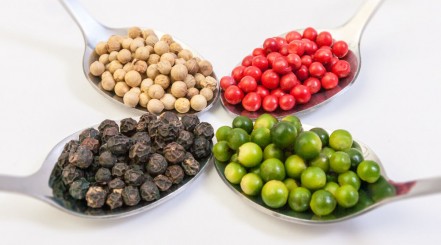
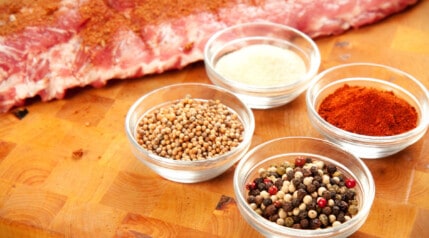
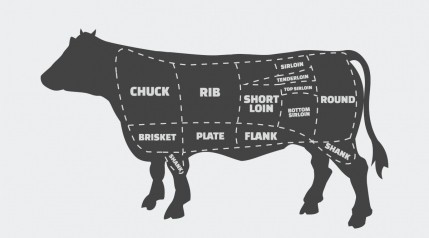
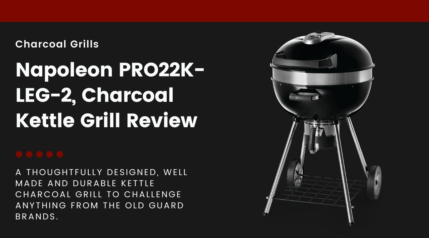
Thank you for the lesson about various salts and their origins, very interesting and provided me with some food for thought. I discovered rough sea salt made my boiled potatoes and veg taste a lot better about six months ago. A easy and simple dish made up of chips and two duck eggs with a sprinkle of fine sea salt could only be improved by adding a medium rare steak.
I am a man of simple but wholesome food, meat & two veg is the norm. Bread bought has to be brown and well seeded or I make my own without a fancy machine.
My barbecue was bought in Cyprus and is of the type most Cypriots have in their back garden, it uses the coals or wood. When I brought it home after my holiday i checked in at the Cyprus Airways desk and told them I was prepared to pay the extra due to its weight of almost 20Kg.
I was told my barbecue would be on my flight and free of charge as they would put it down as exported. Now that Cyprus is in the EU would I be able to do that again – nope.
Food always tastes better if cooked outside probably because its cooked like it may have been as the human race decided to move out of our caves. However you cannot make food cooked inside taste as good as it does cooked outside. A barbecue used in the kitchen still wouldn`t make the food taste quite the same. Two marinated lamb chops and some bacon for the sandwich all cooked on a barbecue can only be improved with an ice cold German beer.